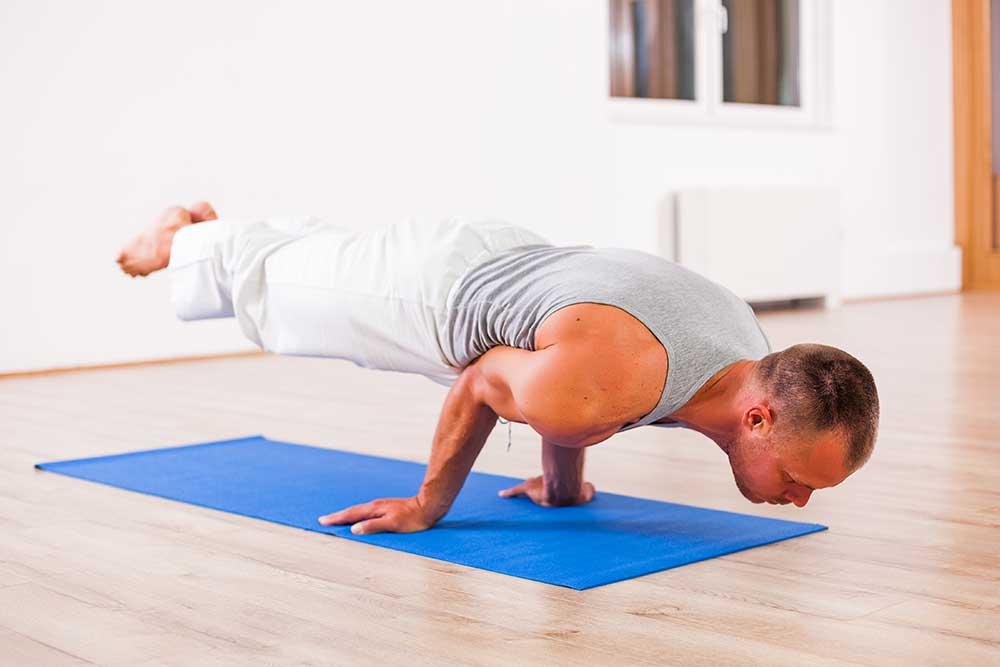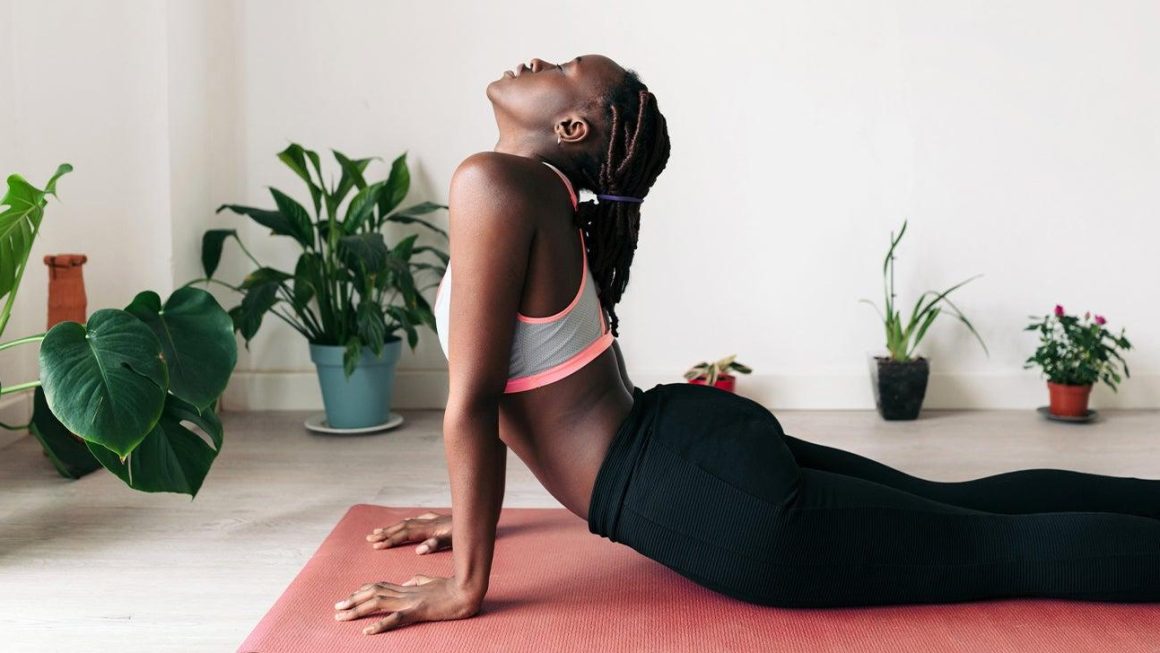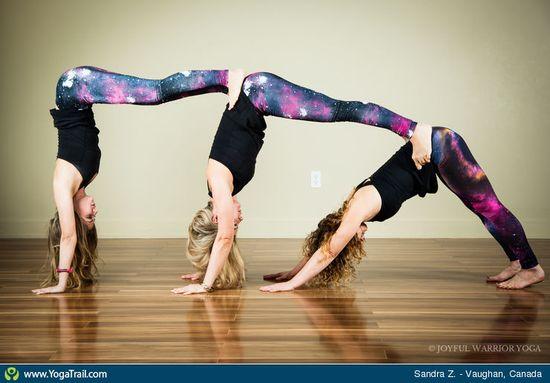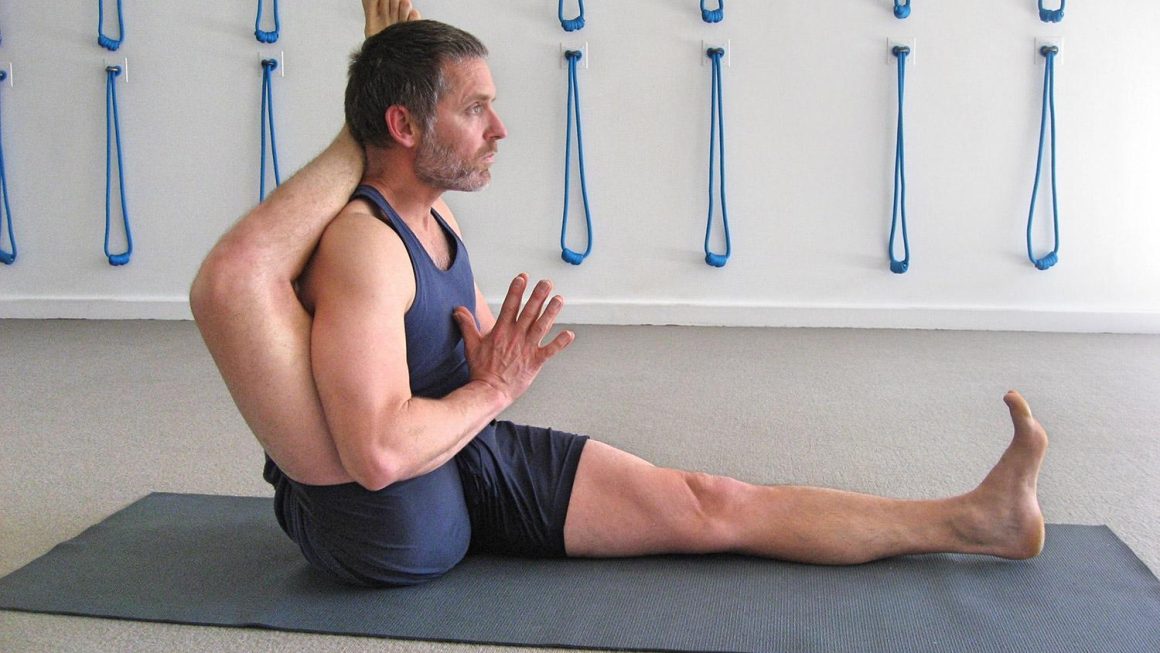Mastering Hard Yoga Poses for One: A Comprehensive Guide
Introduction
Yoga is not just about relaxation and stretching; it is also a path to strength, balance, and flexibility. For those looking to elevate their practice, hard yoga poses offer an incredible challenge that can lead to significant physical and mental benefits. In this guide, we will delve into some of the most challenging yoga poses you can practice alone, providing insights into their benefits, techniques, and tips for mastery.
Why Practice Hard Yoga Poses?
Engaging with challenging yoga poses helps build both physical endurance and mental resilience. Here are some compelling reasons to incorporate hard yoga poses into your routine:
- Enhanced Strength: Many hard poses require core and muscle strength, promoting overall physical fitness.
- Increased Flexibility: Attempting difficult poses pushes your limits, helping improve flexibility over time.
- Mental Focus: Concentrating on mastering difficult poses encourages mindfulness and enhances mental clarity.
- Boosted Confidence: Successfully navigating challenging poses fosters a sense of achievement and boosts self-esteem.
Top Hard Yoga Poses for One
Here’s a list of some hard yoga poses best practiced alone, along with their benefits and techniques.
| Pose Name | Benefits | Basic Technique |
|---|---|---|
| Handstand (Adho Mukha Vrksasana) | Builds shoulder strength; improves balance. | Kick up from downward dog; engage core and legs. |
| Forearm Stand (Pincha Mayurasana) | Enhances deltoid strength; opens shoulders. | Start at downward dog; walk feet in, kick up. |
| King Pigeon Pose (Eka Pada Rajakapotasana) | Increases hip flexibility; stretches thighs. | Square hips; deepen the stretch with the back leg. |
| Scorpion Pose (Vrschikasana) | Strengthens core; increases spinal flexibility. | Begin in forearm stand; bend legs and arch back. |
| Wheel Pose (Urdhva Dhanurasana) | Strengthens arms and back; opens chest. | Lie on back, bend knees, plant hands, lift up. |
Practical Tips for Mastering Hard Yoga Poses
Here are some practical tips to help you improve your practice of hard yoga poses:
- Warm Up: Always start with a proper warm-up to prepare your body and prevent injury.
- Use Props: Don’t hesitate to use blocks or walls for support as you build strength and confidence.
- Consistent Practice: Regular practice is key. Utilize a structured yoga schedule to track your progress.
- Listen to Your Body: Always pay attention to how your body feels. Avoid pushing yourself into pain.
- Record Your Progress: Keeping a journal can help you identify improvements and areas needing work.
Personal Experience: Transformative Journey Through Hard Yoga Poses
As someone who has embraced the challenge of hard yoga poses, my journey began with hesitation. The daunting image of a handstand or a scorpion pose seemed beyond my reach. However, gradual and consistent practice opened up opportunities I didn’t imagine possible. Each pose became a milestone that symbolized growth—both physically and mentally. Moreover, the cathartic release of tension during practice brought new layers of tranquility and focus into my everyday life.
Case Study: The Transformative Effects of Practicing Hard Yoga Poses
A small group of 10 participants undertook a three-month challenge focused on hard yoga poses. By documenting their experiences and progress, several engaging outcomes emerged:
| Participant | Initial Pose Difficulty (1-10) | Final Pose Difficulty (1-10) |
|---|---|---|
| Alice | 7 | 3 |
| Bob | 6 | 4 |
| Catherine | 8 | 5 |
| David | 5 | 2 |
| Evelyn | 8 | 3 |
This case study highlights significant improvements across the board, exemplifying how hard yoga poses can dramatically enhance one’s skills and confidence when approached consistently and thoughtfully.
Conclusion
Incorporating hard yoga poses into your practice not only challenges your physical limits but also enriches your mental game. Whether it’s handstands that defy gravity or wheel poses that open your heart, the journey of mastering these poses can lead to profound transformations. Remember that consistency, focus, and patience are key. Embrace the challenge and let each struggle turn into strength. Happy practicing!




